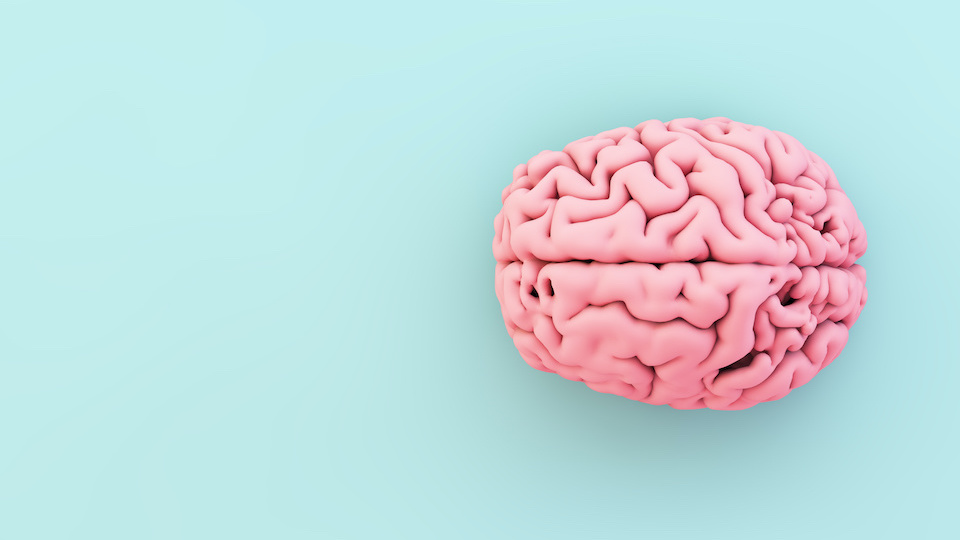I see lots patients who struggle with depression and anxiety. Many of these folks are consumed with negativity — it’s like they have a dark filter in front of them that casts a gloomy shadow over everything they see. When a person sees the world as a dark and stormy place even on a sunny and beautiful day, the diagnosis is easy: They are suffering from “cognitive distortions.” These dysfunctional mental patterns can impact every aspect of a person’s life. From self-defeating behaviors to compulsive eating, counterproductive habits of the mind can undermine mental and physical health.
But this is not an article that will dwell on doom and gloom. Rather, it’s a message about a simple, powerful, and scientifically validated technique for overcoming social phobias, mood disorders, and other common psychologically disabling conditions.
The method I’m referring to is called Cognitive Behavioral Therapy (CBT). The idea behind it is rather simple and it goes something like this. For any given emotion, there is a pattern involving:
- an event or an experience.
- a pattern of thoughts derived from how we perceive the event or experience.
- a pattern of emotions that are derived from those thoughts.
In other words… what we think determines how we feel.
Stinkin’ Thinkin’
Imagine you’re a child who experiences an unpleasant event. For example, you are bitten by a dog. Your experience of that occurrence may lead to a pattern of thoughts about dogs. These thoughts will then become paired with negative emotions (like fear, distress, or anxiety). As a result, you will likely change your behavior and may even go to go great lengths to avoid being in the company of dogs.
CBT is a technique that aims to provide insight into your thought patterns so that you can edit them. Basically, the idea here is to identify what some cognitive therapists call “stinkin’ thinkin’” so that you can identify irrational beliefs and refute them. After all, just because you were bitten by one mean dog when you were a kid does not mean that all pooches are unfriendly and must be avoided.
Cognitive Distortions Checklist
CBT experts, beginning with Dr. David Burns, have cataloged the most common cognitive distortions:
- Mental filtering: This happens when the mind filters out the positives and leaves us focused on the negative aspects of an experience and discounting (or not noticing) the positive.
- Polarized thinking: In this flawed way of thinking, there is no middle ground. You see the world as black or white, win or lose, success or failure.
- Overgeneralization: Here, a single negative experience becomes the basis for irrationally concluding that only bad things will happen.
- Personalization: With this distortion, every event is interpreted in highly personal terms. As a result, people blame themselves whenever something bad happens (even if the event was beyond their control).
- Catastrophizing: Here, a person is always assuming that the next catastrophe is just around the corner.
- Blame game: This is a misperception that holds other people responsible for your feelings.
- Always being right: This fallacious outlook occurs in individuals who cannot tolerate being proven wrong.
- Shoulds: Here, a person applies inflexible rules about how others should behave and becomes enraged whenever other violate these personal “norms.”
- Emotional reasoning: This is the fallacy that says, “I feel it, therefore it must be true.”
- Control fallacies: Here, we mistakenly see ourselves as victims of fate or responsible for things that are well beyond our ability to control.
Cognitive Behavioral Therapy in Action
The list above is by no means exhaustive, but it should give you an idea about the multiple ways many of us engage in distorted thinking. Of course, the next step is learning how to identify faulty cognitive habits… and fix them.
The case of my patient who we’ll call “Bonnie the Biker” tells this story very well.
Bonnie is a long time patient of mine. She is a self-described “biker chick” and I can always hear her Harley pulling into the parking lot as her appointment approaches. She has bipolar disorder and takes medication every day to help her stay sane. Although she was “stable” in the eyes of her psychiatrist, her mood was low, the world felt dark. She admitted that she had a tendency to notice only the bad stuff that happened in her life. She always cursed the red lights on the road, but never even noticed the green ones.
Like many people with mental illness, Bonnie had an obsession that sometimes helped her alleviate some of her angst. In a cabinet in her living room, she had a large collection of all sorts of bells. She’d buy a new one on every vacation, and she’d get them as gifts for every holiday. She never actually rang any of her bells, but she enjoyed her collection nonetheless.
As we talked, I pointed out the “mental filtering” phenomenon described above, and Bonnie could definitely relate. She agreed that she cursed the red lights but never celebrated the green ones. She also admitted that long lines made her mad… but short ones never made her happy. When I pointed this out she seemed to have an “ah-ha” moment.
I had a follow up with Bonnie about three weeks later, and it was immediately clear that she was in a much better emotional place. She told me that after our last appointment, she went home and opened up the cabinet where she kept her bell collection and put bells all over the place. She put them in her bedroom, in the bathroom, in her purse, in her car, she even attached one to the handlebars of her Harley.
Her idea was that she would ring a bell any time she experienced something good. After a few days, she was looking for opportunities to ring the bell. This simple trick forced her to notice the positives… to notice the green lights in life, and to ring a bell in celebration when she found them. In doing so, she began to “rewire” her brain and replace dysfunctional thought patterns with healthy ones.
Cognitive Behavioral therapy is regarded by many mental health professionals as the “treatment of choice” because scientific studies back up its effectiveness. It works because it gets to the root of distorted thinking and helps people replace negative patterns with positive ones.
As a naturopathic physician and a firm believer in using the least invasive treatments possible initially — I believe cognitive behavioral therapy is a prudent first step in treating mental/emotional disorders, which are often rooted in cognitive distortions (or “stinkin’ thinkin’”) that hold so many of us back. I hope this quick overview of Cognitive Behavioral Therapy provides some insight that will help you lead a fuller life.
Take good care,
Dr. Joshua Levitt









